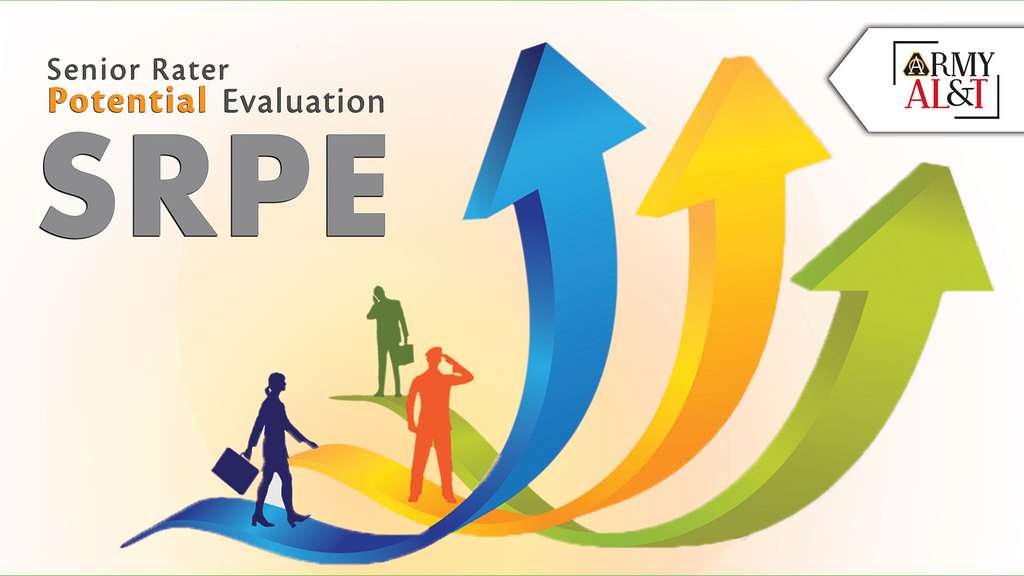

Close

Just imagine for a moment: You’re in the director’s chair of a multimillion dollar epic film. The actors, crew, props, and every tiny detail are relying on you to orchestrate a smooth production. The script is your construction project, the actors are your crew and the scenes are the stages of your build. To keep everything on track, you’d need organization, direction, and most importantly, exquisite timing. In the world of construction project management, your director’s playbook is a surprisingly simple yet powerful tool known as the Gantt Chart. In this article, we will delve into the world of Gantt Charts, exploring how this essential tool has revolutionized planning and scheduling in construction project management. Let’s roll the cameras!
Grasping the Functionality
Often synonymous with project management, Gantt charts are an efficient tool that is widely used to visualize a project’s schedule. They display tasks and milestones along a timeline, enabling project teams to track progress easily. At the heart of a Gantt chart, you’ll typically find:
Putting It into Action: Real Time Scenario
Delving into the construction industry, Gantt charts prove to be invaluable. This sector often involves multiple stages of work, from design and planning through to groundwork, building, and final inspections. Each stage has its unique timeline and dependencies. With a Gantt chart, the entire process becomes more transparent and manageable. For instance, it might show that:
This way, construction project teams can keep a pulse on everything happening in tandem – a key to successful project delivery. Whether you are an industry veteran or a novice in the management realm, Gantt chart serves as the ultimate visual assistant.
Understanding the Gantt Chart Basics
At its core, a Gantt chart is essentially a visual representation of a project schedule. Used with great frequency in the construction industry, these helpful graphs break down large projects into manageable chunks, laying the groundwork for seamless organization and coordination. Each task within the project is displayed as a horizontal bar, represented in a timeline format.
Most Gantt charts consist of four primary components:
Applying Gantt charts in Construction
For construction projects specifically, Gantt charts can prove invaluable, providing timely visibility and improving project management performance. With a clear picture of task durations, dependency relationships, and resource allocations, stakeholders can anticipate delays and mitigate risks quicker.
Consider the construction of a residential building. The use of a Gantt chart could help to effectively manage tasks such as:
By seeing these steps laid out visually, teams on the ground can understand their individual responsibilities in the wider project and can adapt their schedules as needed. This, in turn, helps keep timelines tight and projects moving forward, resulting in happier clients and healthier bottom lines.
Gantt charts, in essence, offer a dynamic and visual representation of a project plan. The horizontal bars represent various tasks and their respective order, duration, and completion status. What makes Gantt charts powerful is their ability to link tasks together to unveil dependencies. This view of the project timeline holds the key to efficient project scheduling and resource management.
Promising to bring clarity to complex projects, it’s essential to tap into the full potential of Gantt charts. Here’s how you can tune your Project Planning and Scheduling:
With a well-designed Gantt chart at the helm, laying out a seamless project plan that accounts for all possibilities becomes more manageable. It’s not just about planning; it’s about planning smart.

In the fast-paced world of construction management, staying organized and on schedule is vital to project success. Of the many tools available, few are as useful, flexible and informative as Gantt charts. By representing the entire project timeline and explicitly showcasing dependencies, a well-maintained Gantt chart can be the backbone of your construction project management strategy.
First and foremost, include all tasks and dependencies in your Gantt chart. This might seem self-explanatory but in the heat of project management, it can be easy to miss minor tasks— which often become major headaches later. Break down your project into key stages, and then each stage further into individual tasks. Not only will this provide a clear picture of what’s ahead, but it will also make it much easier to identify dependencies. If task B cannot begin until task A is finished, ensure that this relationship is clearly represented on your chart.
Next, keep your Gantt chart updated religiously. Every project experiences setbacks and delays and they should be immediately reflected in your Gantt chart. This keeps everyone on the same page and allows you to make timely decisions. Remember, a Gantt chart is not just for planning; it’s a dynamic document that reflects real-time project status.
In conclusion, the Gantt Chart stands as a navigational lighthouse in the vast sea of construction project management, providing essential guidance in planning and scheduling tasks. Our journey through its mechanisms and marvellous applications has given us greater insight into why it remains the industry’s premier planning tool. Like seasoned cartographers, we mapped out the routes to successful project completion, where each line, node and color, in the Gantt Chart universe, denotes a specific task, duration, dependency or milestone. Whether you’re an old hand at managing construction projects or a newbie just starting, the Gantt chart invites you to plot your course strategically, adjust your sails in response to change, and keep your project vessel moving toward its desired destination. Much like its namesake, Henry Gantt, the chart is a legacy of precision, efficiency and innovation in project management – a testament to the human ability to dream, plan, build and conquer. With Gantt charts in your project management tool kit, charting the course to construction success is a journey well within your reach.

